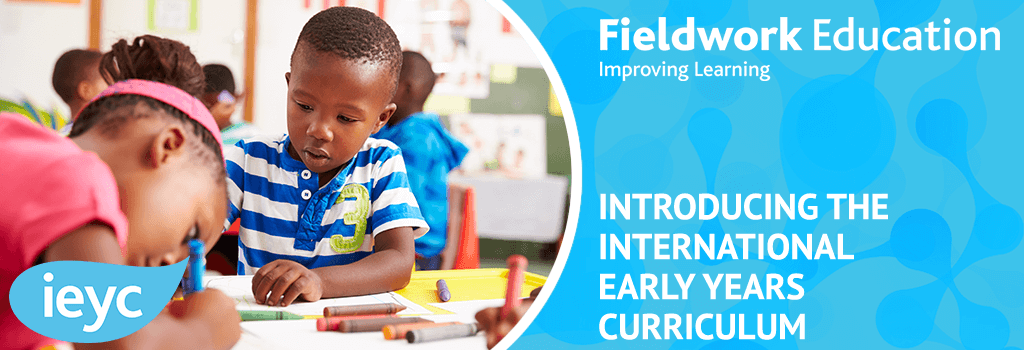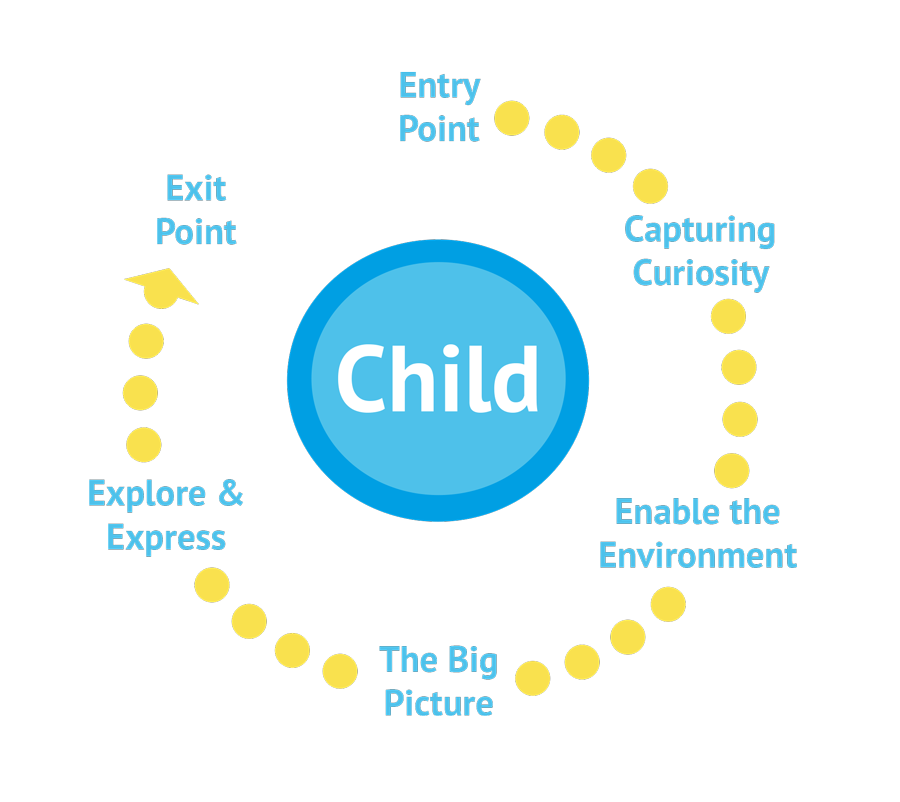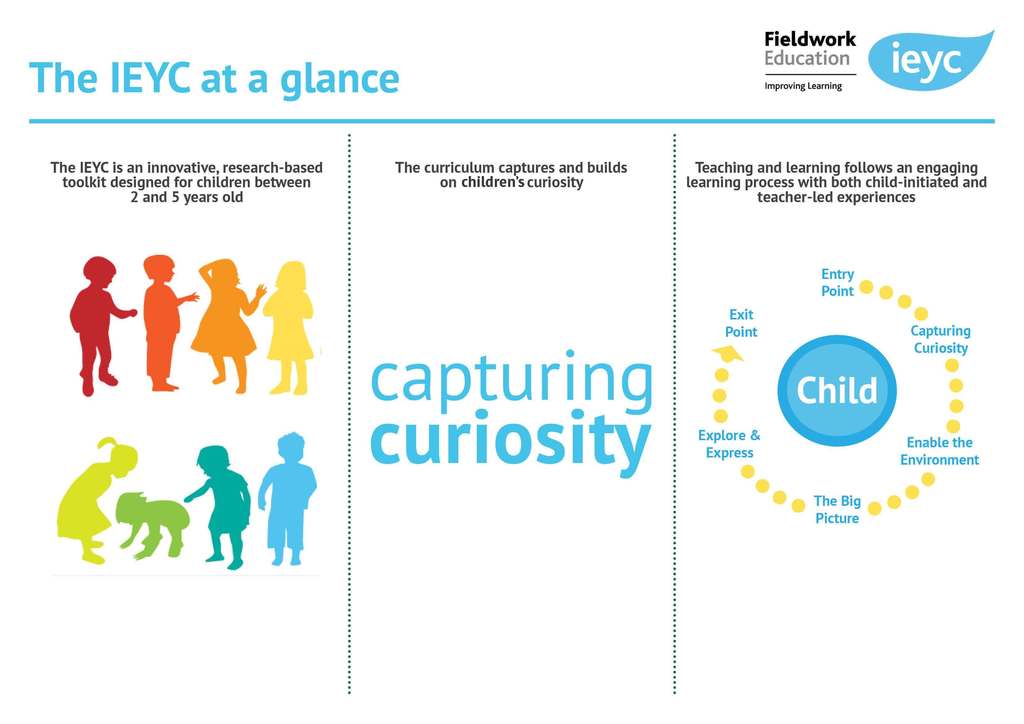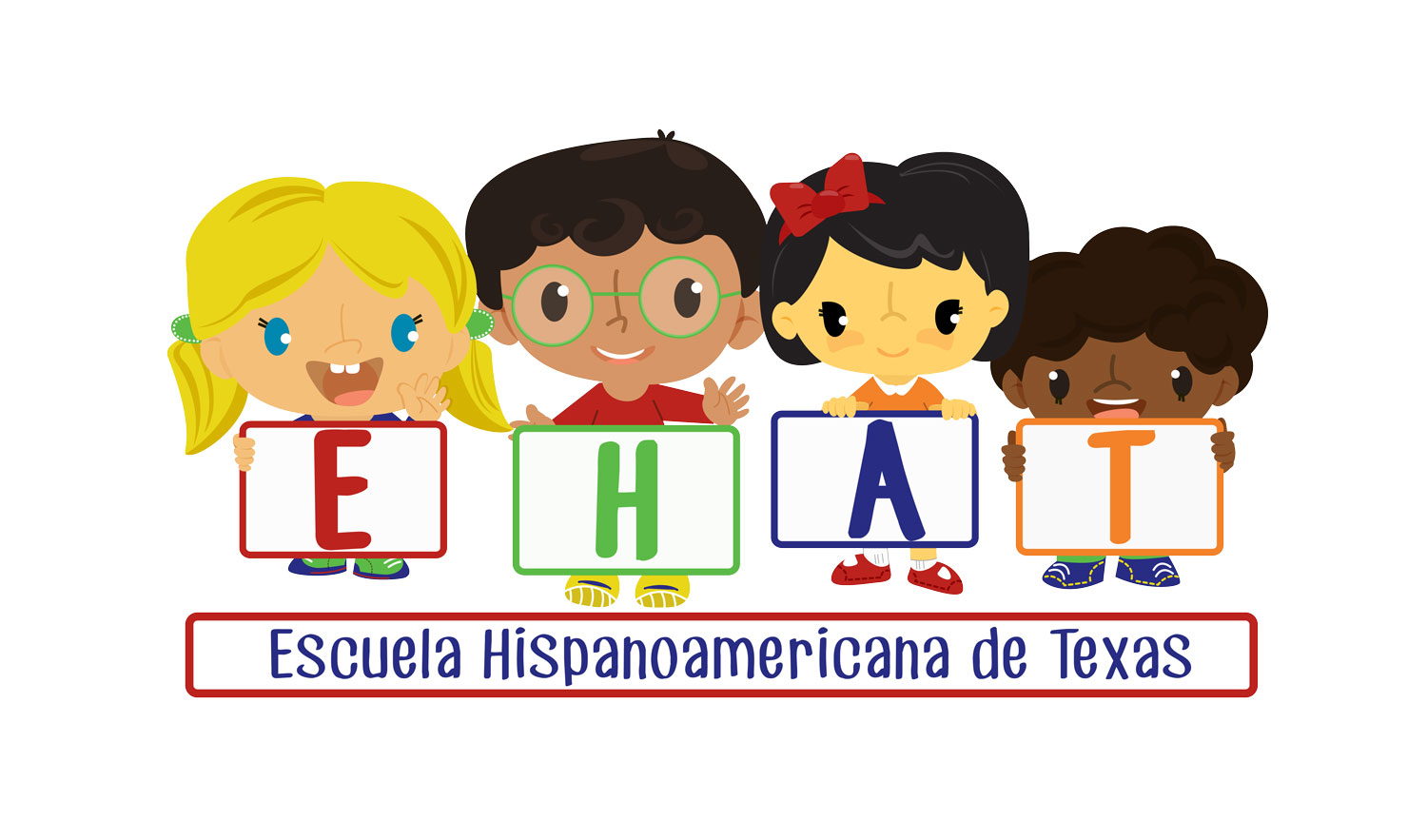
What is IEYC?
The IEYC is an innovative toolkit for the education of our youngest learners. It is based on research, global best practice and the developmental needs of children age 2 – 5. The IEYC places the child at the heart of the curriculum, ensuring that learning is personalized and that the curriculum effectively ‘wraps around’ the needs and interests of the child.
It supports key areas of learning through enquiry and play-based approaches, encompassing all curriculum areas including personal, social and emotional development.
How Is It Structured?
The curriculum contains themed Units of Learning. These are sequenced through the IEYC Process of Learning. This captures children’s natural curiosity as a starting point and, within an enabling environment, balances child-initiated and teacher-scuffled provision.

What happens in a typical day/week?
The children will be working on a range of activities linked to one or more of the four main Learning Strands. Teachers will have previously planned for these activities using the Units of Learning. The activities are linked to the unit theme and clearly differentiated to take account of children’s individual needs. In this way, the IEYC is highly personalised.
What’s great about the IEYC, however, is that by capturing their curiosity, teachers will have also planned activities that are generated through the children’s own interests and enthusiasm. Each week is an effective mix of both teacher-scaffolded and child-initiated learning.
How is the IEYC different from other curriculums ?
IEYC is a curriculum that is co-designed and co-constructed with the child. Through ‘capturing curiosity’, the learner is an equal partner and plays an important role in their own learning. This includes making decisions abut what they learn and how the teaching and learning is organized.

How are parents, care givers, and the community involved ?
Children are not the only partner in the learning relationship; families, too, are invited and encouraged to become involved in their child’s learning journey at every step of the way.
Through a home learning-link, we can, for example, find out what children’s passions and interests are and tailor their learning accordingly.
Families can actively contribute to children’s knowledge, skills and increasing understanding through their individual Learning Journey. Teachers and those at home jointly reflect on what has been learned, evaluating the progress that has been made and considering the next steps.

Recent Comments